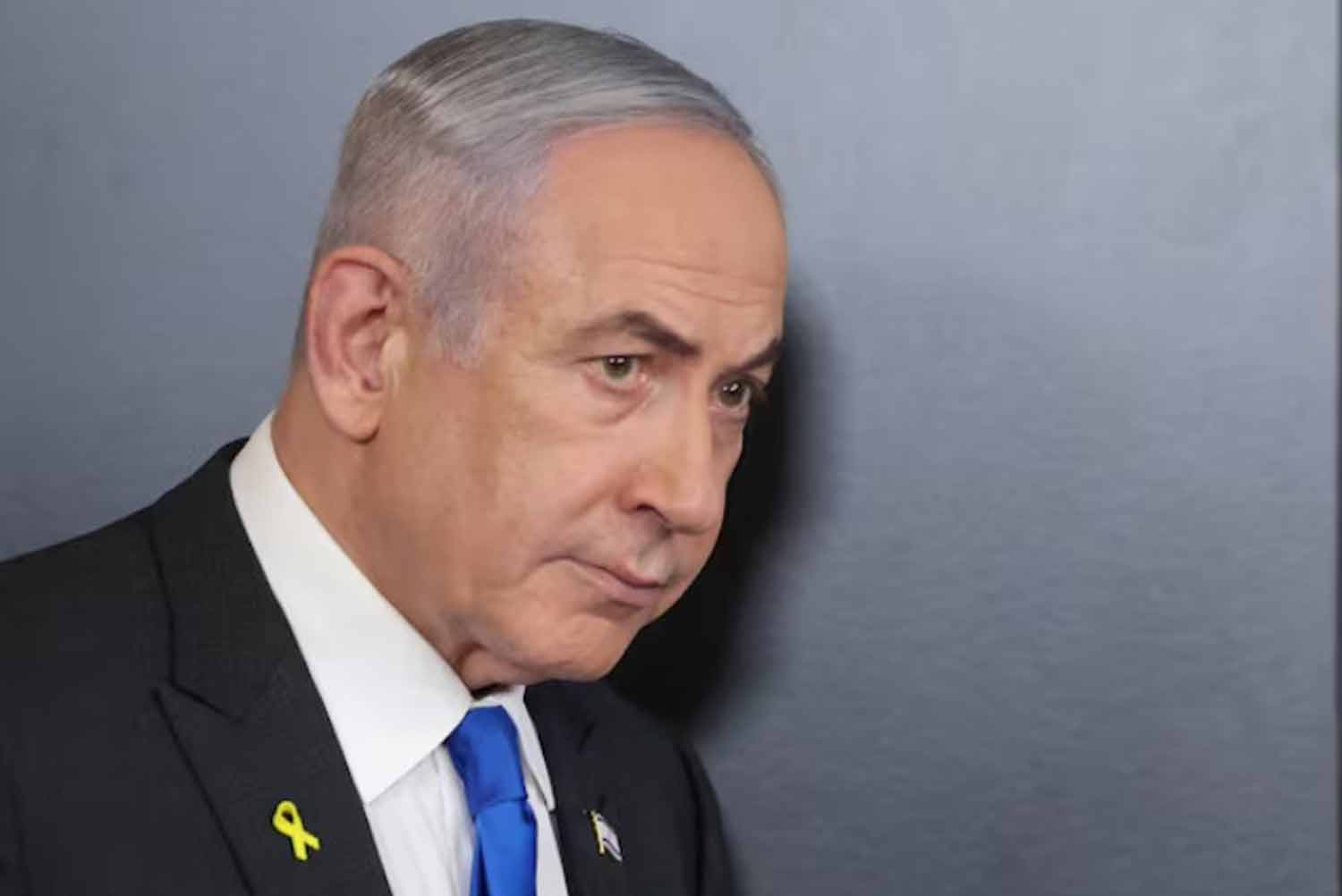Israeli forces have begun their withdrawal from certain regions in Rafah, Gaza, moving towards the Philadelphi corridor along the Egypt-Gaza border, as reported by pro-Hamas media early Sunday.
A ceasefire between Israel and Hamas is scheduled to take effect on Sunday morning, with a subsequent hostage release planned for later in the day. This development may signal a potential conclusion to a 15-month conflict that has significantly impacted the Middle East.
The ceasefire agreement emerged after extensive negotiations facilitated by Egypt, Qatar, and the United States, coinciding with the upcoming inauguration of US President-elect Donald Trump on January 20. The ceasefire will be implemented in three phases, starting at 0630 GMT on Sunday.
The initial phase will span six weeks, during which 33 of the remaining 98 hostages—comprising women, children, men over 50, and those who are ill or injured—will be released in exchange for nearly 2,000 Palestinian prisoners and detainees. This group includes 737 individuals of various ages, some of whom are affiliated with militant organizations and have been convicted of attacks resulting in numerous Israeli casualties, alongside hundreds of Palestinians detained since the conflict began.
On Sunday afternoon, three female hostages are anticipated to be released through the Red Cross, with a reciprocal exchange of 30 prisoners for each. Following this initial release, US negotiator Brett McGurk indicated that the agreement stipulates the release of four additional female hostages after a week, with three more hostages to be freed every subsequent week. During this first phase, the Israeli military will withdraw from certain positions in Gaza, allowing displaced Palestinians from northern Gaza to return to their homes.
US President Joe Biden’s administration collaborated closely with Steve Witkoff, Trump’s Middle East envoy, to finalize the agreement. As Trump’s inauguration neared, he consistently urged for a swift resolution, cautioning that there would be severe consequences if the hostages were not freed.
Post-war Gaza?
What lies ahead for Gaza remains uncertain due to the lack of a comprehensive plan for the region’s postwar future, which will necessitate significant financial investment and extensive efforts for reconstruction. While the ceasefire aims to bring an end to the conflict, its stability is questionable. Hamas, which has governed Gaza for nearly twenty years, has managed to endure despite the loss of its senior leaders and numerous fighters.
Israel has declared that it will not permit Hamas to regain control and has cleared substantial areas within Gaza, a move interpreted as an effort to establish a buffer zone that would enable its forces to operate more freely against potential threats. The return of the hostages may alleviate some public discontent directed at Prime Minister Benjamin Netanyahu and his right-wing administration regarding the security lapses that led to the tragic events of October 7.
However, hardline members of his government have already signaled their intention to resign if military action against Hamas does not resume, placing Netanyahu in a difficult position between the U.S. administration’s push for peace and the demands of his far-right political partners. Should hostilities restart, many hostages could remain stranded in Gaza.
Mideast Turmoil
The conflict in Gaza has reverberated throughout the Middle East, igniting a war with the Iran-supported Lebanese Hezbollah and marking Israel’s first direct confrontation with its long-standing adversary, Iran.
Over a year later, the landscape of the region has dramatically changed. Iran, which invested heavily in establishing a network of militant factions surrounding Israel, has seen its “Axis of Resistance” severely weakened, managing to inflict only minimal damage on Israel during two significant missile strikes.
Hezbollah, once perceived as the greatest threat to Israel due to its extensive missile stockpile, has been significantly diminished, with many of its senior leaders killed and a large portion of its missile capabilities and military infrastructure destroyed.
In the wake of these developments, the long-standing Assad regime in Syria has been dismantled, eliminating another key Iranian ally and leaving Israel’s military largely unopposed in the region.
However, on the diplomatic front, Israel has encountered widespread condemnation and isolation due to the extensive loss of life and destruction in Gaza.
Prime Minister Netanyahu is facing an arrest warrant from the International Criminal Court for alleged war crimes, along with separate genocide accusations at the International Court of Justice. Israel has responded vehemently to these allegations, dismissing them as politically motivated and accusing South Africa, which initiated the ICJ case, along with the supporting nations, of antisemitism.
The conflict was ignited by Hamas’ attack on southern Israel on October 7, 2023, resulting in the deaths of 1,200 individuals and over 250 hostages, according to Israeli reports. Since then, more than 400 Israeli soldiers have lost their lives in combat operations in Gaza.
Israel’s 15-month military campaign in Gaza has reportedly resulted in nearly 47,000 Palestinian deaths, as per figures from the Gaza health ministry, which does not differentiate between combatants and civilians, leaving the coastal enclave in ruins. Health officials indicate that the majority of the deceased are civilians, while Israel claims that over a third are militants.
Discover more from Defence Talks | Defense News Hub, Military Updates, Security Insights
Subscribe to get the latest posts sent to your email.





